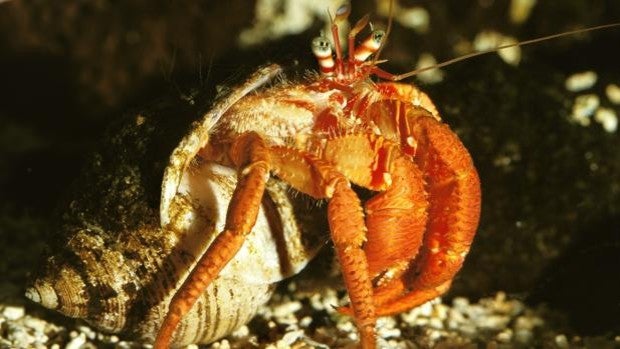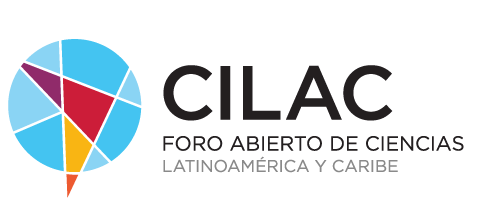 Commensalism, unlike parasitism or mutualism, is a biological association between two organisms that live together in which one of the 'commensals' benefits without harming the other.
Commensalism, unlike parasitism or mutualism, is a biological association between two organisms that live together in which one of the 'commensals' benefits without harming the other.
Classically, commensalism can be of three types: phoresis, inquilinism and metabiosis. In phoresis there is one species, the smallest one, that takes advantage of another to be transported. Inquilinism basically consists of one species taking refuge inside or on top of another, and metabiosis lies in the fact that one species takes advantage of some waste substance from another species.
We have many examples of commensalism in the animal kingdom, from flies that lay their eggs on the corpses of other animals so that their larvae can feed, to herons that feed on the insects that surround herds of ungulates, to the anemones that use the shells of the mussels without causing any health problems.
Come up and I'll take you
Of all the types of commensalism, perhaps the least known is phoresis, a term that comes from the Greek 'phoresis' which means transportation. In this way, we can distinguish the phoron or phoretic organism, which is the transported animal, and the host, which is the transporting organism, the driver.
Among the organisms that perform phoresis we have the mite Macrocheles muscaedomesticae that attaches to the fly Drosophila hydei, the wasp Trichogramma evanescens that attaches to the eye of the cabbage butterfly (Pieris brassicae) or some mites that attach to the fly. Calliphora vicina.
In 2011, a group of researchers from the University of Manchester discovered one of the oldest known cases of phoresis. It was in Baltic amber, a fossilized resin that acts as a time capsule. There, a mite fossil less than two hundred microns in size that lived about forty-nine million years ago using a spider as a biological taxi was discovered red-handed.
No rental contract
Among the best-known examples of tenantism are squirrels and trees. These rodents feed on seeds, fruits and the bark of trees, in addition to building their homes in them. The trees do not suffer any damage from their improvised 'squat' but they do not receive any benefit in return.
Regarding metabiosis, also called thanatochresis, there are some species that use the remains of dead organisms for their own benefit. One of the most curious examples is the hermit crab or soldier crab (Eupagurus bernhardus) that takes refuge and protects itself in the empty shells of snails.
Since these crabs do not have an exoskeleton, they have to look for an 'abandoned shelter' to protect their body and overcome their biological vulnerability to attack by predators.
The truth is that a mollusk is instinctively skillful, since as it grows it adapts to the shells of dead gastropods, it looks for more comfortable homes in accordance with its new size. To avoid asking for its home, the crab has to roll its abdomen inside the spiral and with the help of an abdominal appendage - pleopod - it grabs onto the central columella of the shell.
Pedro Gargantilla is an internist at the El Escorial Hospital (Madrid) and author of several popular books.
